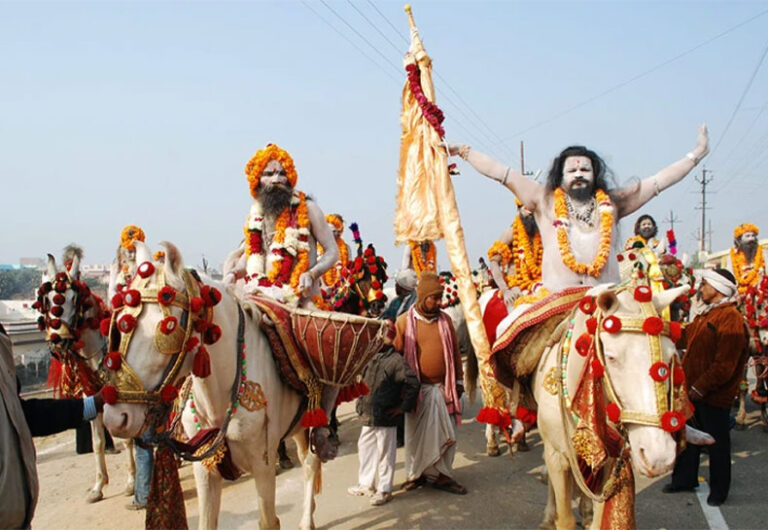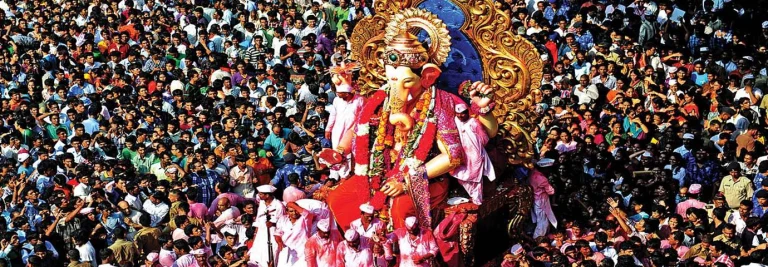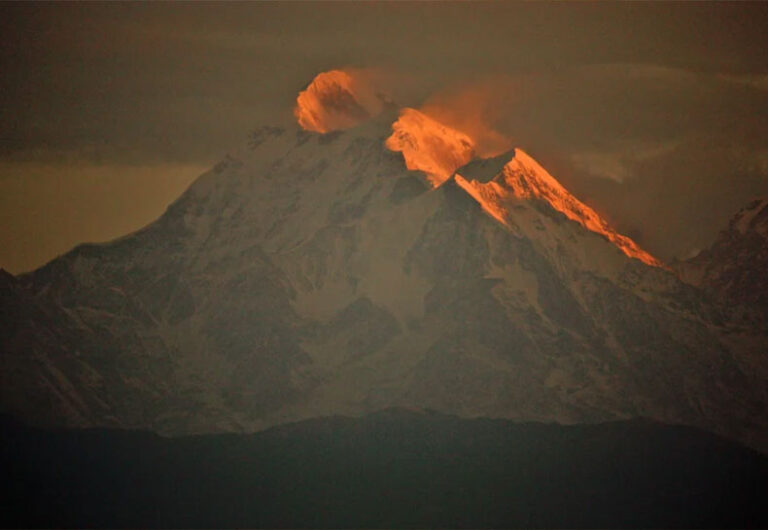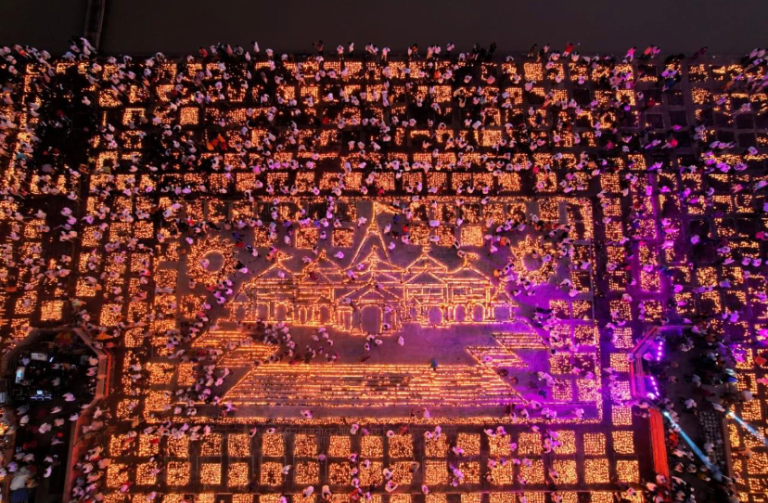All they know is that they are trying to get to the city of gold, and that’s enough, come on board they say. We’ll adjust.
– Suketu Mehta, Author, Maximum City.
MUMBAI, the pulsating island city, is condescendingly referred as the ‘Mayanagari’ or the city of dreams… a conglomeration of different communities, cultures and faith – diverse and worldly. Country’s commercial and also a state capital, and highest contributor to country’s economy. Home to the most humble and also the rich and the famous.

Mumbai was a once, a cluster of seven islands, mostly inhabited by the ‘Kolis’ or the fishing community and their deity is ‘Mumbadevi’, the mother goddess, after whom the city gets the name. The history, dates back to the 3rd century BC during the Mauryan Empire, who were contributors to the fascinating Buddhist caves at Kanheri, which is proof of the city being part of the ancient trade route.
The Silhara dynasty of the 8th century, commissioned the beautiful cave temple of Shiva, on the island called Gharapuri, popularly known as Elephanta. Thereafter, many rulers followed, the Muslims, the Portuguese, and last were the British, who reclaimed the land between the seven islands making it in to one city, naming it Bombay.
The saracenic and colonial architecture was replicated here as this was their home for a while. Though the architecture is not conducive for the tropical climate of the city, it is appreciated for its outer beauty.

Over the time, the city developed after the traders or the ‘Vanias’ and other communities from Gujarat including the ‘Parsis’, who settled here.
Parsis migrated from Persia to save themselves from the muslim invaders. All of them were instrumental in development and creating business opportunities, in this land that was raw and untouched. Today most of the Parsis lived together in their community homes that are called ‘Baug’, located at the most beautiful spots of the city.
The city holds to her credit the Bombay Stock Exchange, prestigious education institutions, hospitals that have the finest doctors and is home to the Indian Film Industry, popular as Bollywood! The entertainment industry generates revenue of $5 billion per annum followed by the vast television industry that attracts new talent from all over the country.
Mumbai is also an art collectors delight. It houses some exquisite contemporary art from various Indian as well as international contemporary artists. You will get the feel the moment you arrive at the Terminal 2 of the CSIA Mumbai airport. The exquisite collection of master pieces are brilliantly displayed at this open museum called ‘Jayahe’, while walking around the airport.
In the city, there is CSMVS Museum, which has a wonderful collection of miniature paintings, stone and bronze sculptures and much more… The National Gallery of Modern Art (NGMA), always has exhibitions of contemporary art. Many other renowned art galleries could be visited like the Chemould, Volte, Project 88, Piramal and Saffron Art – an auction house. All these are located in an around Kalaghoda, the art district of the city.

The day begins with a photo stop at the Gateway of India, driving past the beautiful Marine drive that transforms itself to the Queen’s Necklace by the evening. Driving towards the end is the Banganaga water tank. There are fascinating stories about the Brahmin community, who created this oasis of fresh water very near to the sea. A visit to one of the revered temples and witness the simple morning rituals gives a wonderful feeling.
Next on the list must be ‘Dhobi Ghat’, the open-air laundry near Mahalaxmi railway station. Witness the washing of dirty linen in public!

From Mahalaxmi railway station, engage and experience the pulse of the city, by taking a short train ride till the Churchgate station (final destination) for an appointment with the ‘Dabbawalas’, (Lunchbox delivery boys) who seldom make an error in the delivery. They seem to have a unique numbering system, that credits them with high six-sigma rating. This service was started during the British and has continued extremely successfully till date, making them popular world over.
Feel the rhythm walking from Churchgate station to Flora fountain towards the Asiatic library, passing by the colonial and gothic architecture and culminating with a photo stop at CST station.

Mumbai is gastronome’s heaven… and the most popular here is the lip smacking street food and the exotic seafood… from the very humble staple to the swankiest gourmet…
Sanitized street food can be enjoyed at a local restaurant.
A walk in the Crawford Market gives an idea of the spices, vegetables and probably all the kitchen goodies.
Recently inaugurated, National Museum of the Indian Film Industry is absolutely must for everyone who wishes to know about his history of some iconic films and also the future of this industry.
At the promenades and the beaches, witness the romance, diligence of the health freaks, laughter clubs and many activities of the locals.
You could culminate your day at one of the popular resto bars, followed by a meal at a seafood eatery.

The enigma of its environs will pull you back to delve in to its emotion further… if not now, then maybe later… as we never say, never again.
You can take the Boy out of Bombay but you can never take Bombay out of the Boy
– Salman Rushdie, Author The Satanic Verses.





